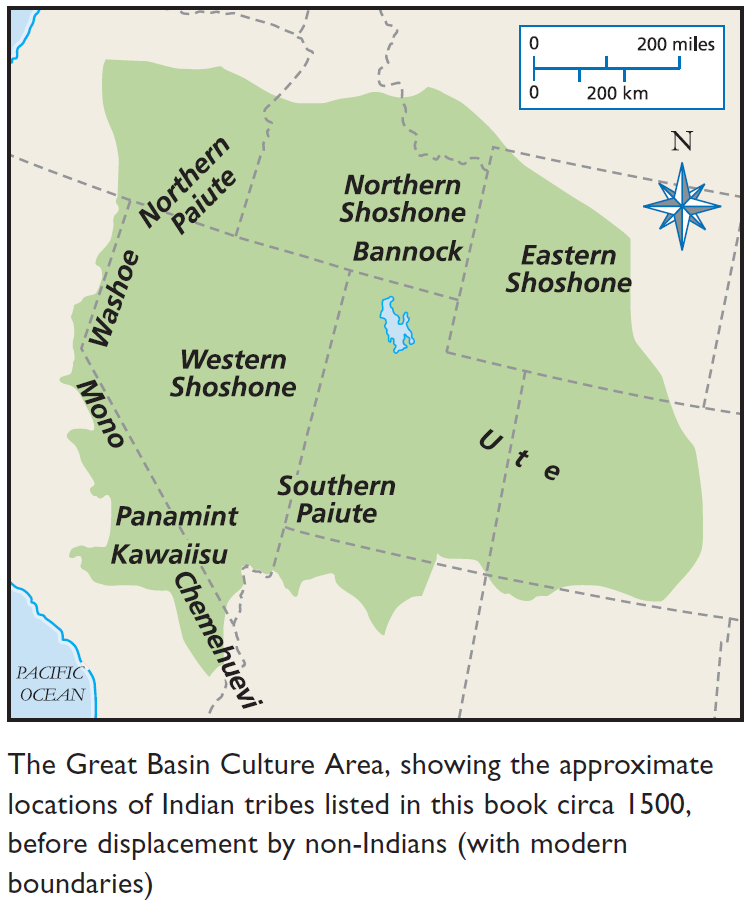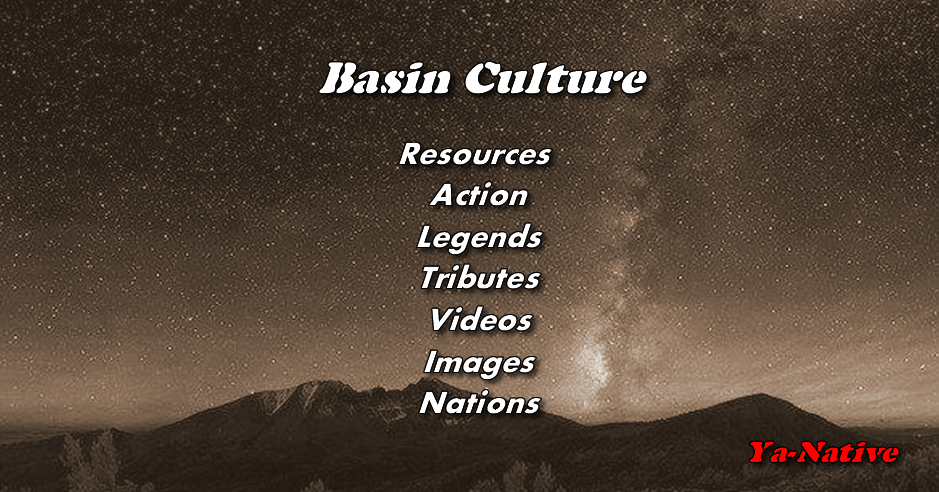
The Great Basin, a vast desert basin located in western North America, is characterized by a central depression surrounded by highlands resembling a bowl. It is flanked by the Rocky Mountains to the east, Sierra Nevada to the west, Columbia Plateau to the north, and Colorado Plateau to the south. The Great Basin Culture Area, where indigenous communities shared similar lifestyles, covers nearly all of Nevada and Utah, parts of Idaho, Oregon, Wyoming, Colorado, and California, and small portions of Arizona, New Mexico, and Montana.
The region is defined by interior drainage, where rivers and streams flow from the surrounding higher ground into the central depression and disappear into sandy soil sinks. The Great Basin receives little precipitation and high evaporation due to the mountains that block weather fronts from the ocean. In the past, the region contained many large lakes, but the largest remaining lake is the Great Salt Lake in Utah. Due to the geological formation, the Great Basin has numerous alkaline flats with soil containing mineral salts from evaporated water bodies.
The Great Basin is predominantly barren desert with occasional low and long rocky uplands. Death Valley, the lowest point in the Americas, is part of the Great Basin, with extreme temperatures reaching as high as 140 degrees Fahrenheit. The dominant flora consists of low grasses and sagebrush, while trees adapted to dryness, such as juniper and piñon, grow on hills. Due to the aridity, game is scarce, with antelope being the most common large mammal, and mountain goats residing in rocky highlands. Small rodents such as field mice, kangaroo rats, muskrats, gophers, and ground squirrels, along with certain birds, reptiles, and insects, including snakes, lizards, and grasshoppers, also inhabit the desert.
For Great Basin Indians, these creatures provided food, and they also foraged and dug for edible wild plants, such as roots, berries, seeds, and nuts. With minimal food supplies, the hunter-gatherer communities of the region traveled in small extended family bands and primarily lived in simple cone-shaped structures made of pole frames covered with brush or reeds. As a result of their foraging practices, they were collectively known as "Digger Indians."

Most peoples of the Great Basin are of the Uto- Aztecan language family, part of the Aztec-Tanoan phylum. Although band and clan identities in the region were more important historically than tribal identities, linguistic relationships have led scholars to define four Great Basin “tribes”: BANNOCK, PAIUTE, SHOSHONE, and UTE. The Paiute are further divided into the Northern Paiute and the Southern Paiute, and the Shoshone into the Northern Shoshone, Western Shoshone, and Eastern Shoshone. Other small Uto- Aztecan groupings—the Chemehuevi, Kawaiisu, Koso, and Mono of what now is eastern California and western Nevada, with dialects similar to those of the Paiute, and the Goshute of what now is western Utah and eastern Nevada, with a dialect close to that of the Shoshone—are related ancestrally to the other Uto- Aztecans. The only linguistic exception are the WASHOE of what now is western Nevada and eastern California, a Hokan-speaking people like CALIFORNIA INDIANS to the west.